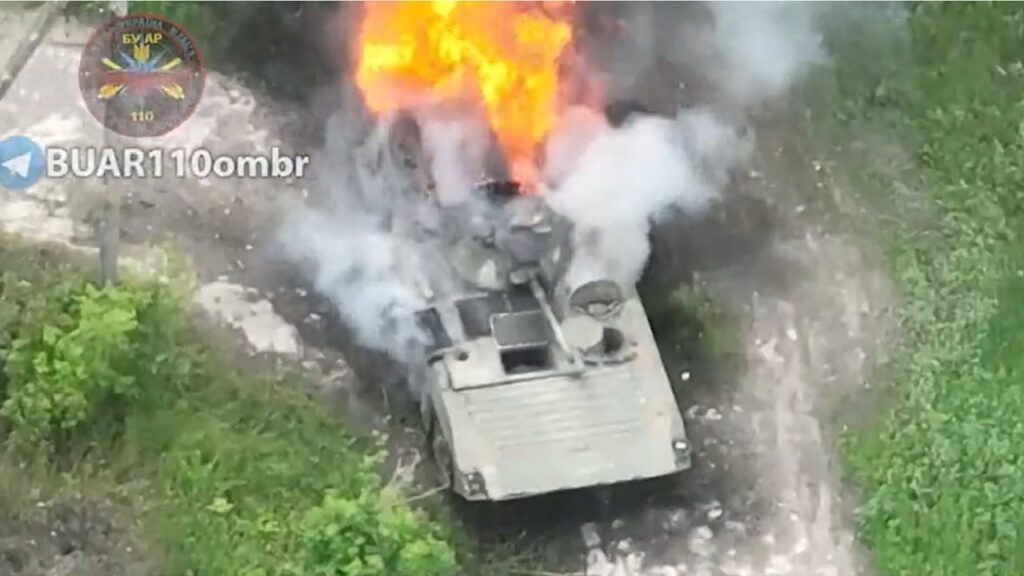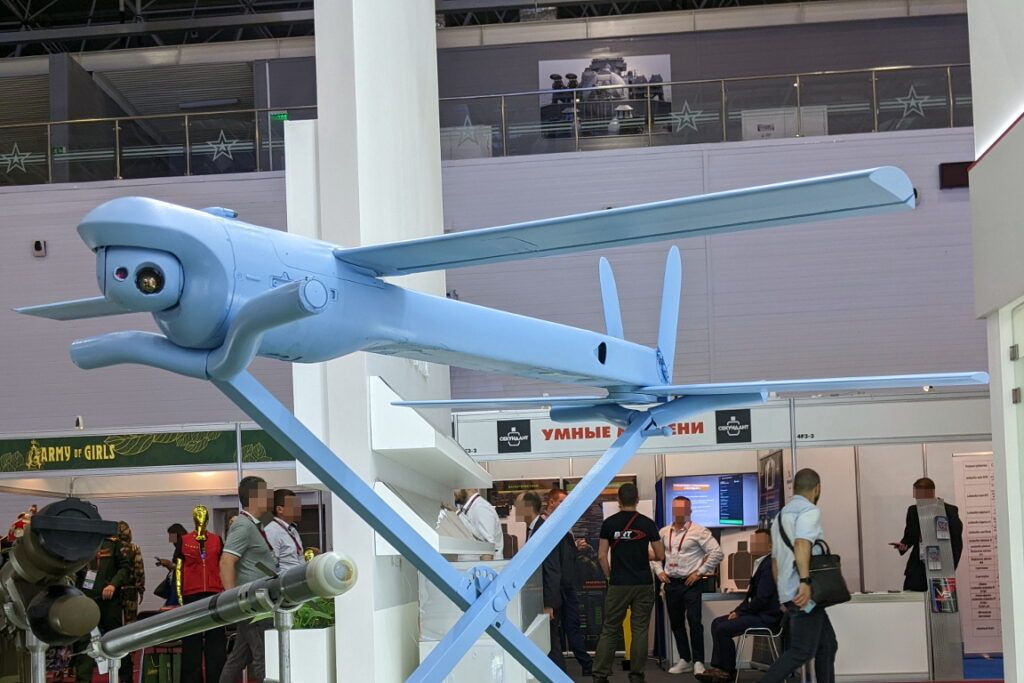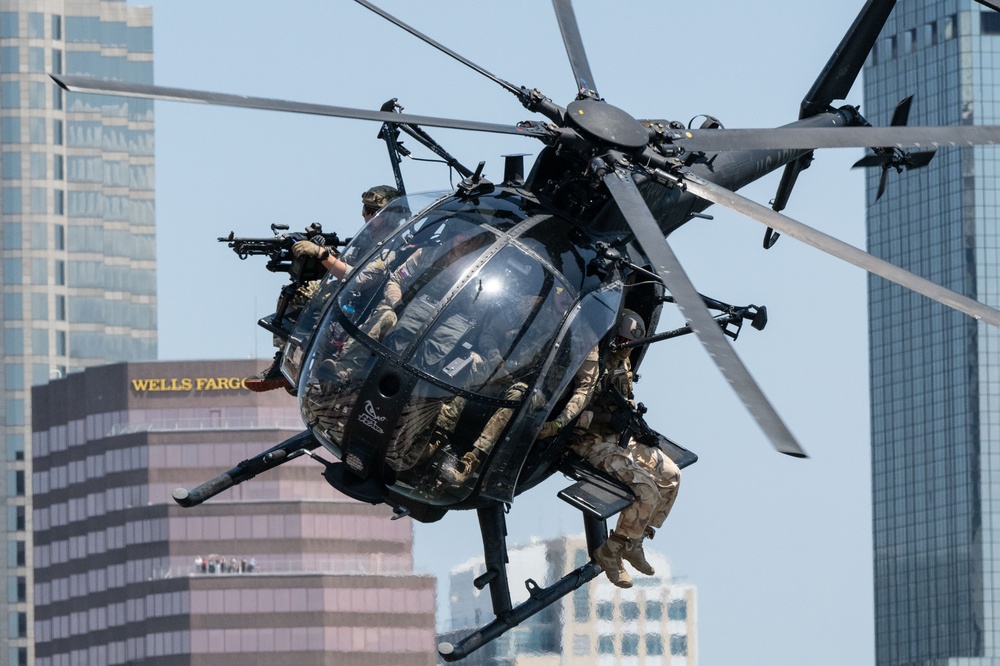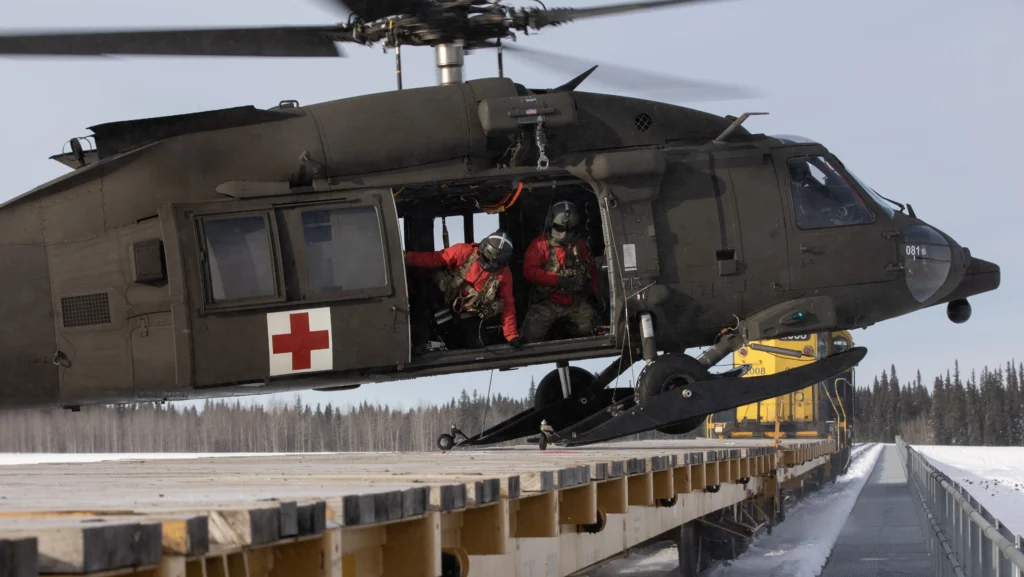FPV revolution: Loitering munitions are transforming how wars are fought
- By 1945
Share This Article

First-person view drones, commonly referred to as FPVs, are becoming instrumental weapons of war, particularly in Ukraine.
Supplementing for artillery shortage as Western partners look to address Ukraine’s supply issues, FPVs are helping to stabilize the frontlines. They are effective at taking out equipment and troop formations.
First-person view drones are not only effective on the battlefield, but they also have a significant psychological and tactical impact that could soon change the face of warfare.
FPV drones in Ukraine
First-person view drones/loitering munitions are a form of drone warfare that both Ukraine and Russia are using frequently on the battlefield.
Russia currently holds an advantage in loitering munitions, such as the Orlan-10, ZALA lancet, and Shahed drones. Lancets are compelling enough that the British and Ukrainian Ministry of Defense acknowledged their effectiveness.
Shahed drones are the most infamous loitering munitions being used during the invasion. The deadly suicide drone has not only hit critical Ukrainian infrastructure but also inflicted numerous civilian casualties.
Ukraine has shown it is more effective at combating Shahed drones, downing numerous of them and creating its own models to strike valuable Russian targets. Effectively neutralizing armored personnel carriers, tanks, fighting positions, and enemy personnel, Kyiv is rushing to mass-produce millions of units to supplement artillery shortfalls.
To counter Russia’s advantage, Ukraine’s state arms producer, Ukroboronprom, is massively producing long-range drones day and night. Kyiv’s goal is to make at least two million units by the end of the year, with Europe also ramping up procurement for the war-battered nation.
Related: What is the mysterious drone model we spotted in our interview with General Bob Behler?
Loitering munitions are changing the face of warfare

Loitering munitions are not only short-term alternatives to artillery in the war in Ukraine but also effective weaponry that is quickly changing the face of modern warfare.
In Ukraine, where much of the frontline remains frozen due to trench warfare, numerous minefields, and rigid defenses, FPV drones, which guide them to their destination, make targeting enemy personnel much more effective.
As surveillance, drones can be forward observers, spotting troop movements and warning frontline units of a potential combined arms assault. FPVs, often low-priced, can be quickly crowdfunded while holding enough explosives to kill and maim enemy armor or even platoons, as seen in Ukraine, where undisciplined Russian troops have been picked off on top of their infantry fighting vehicles.
Nevertheless, FPV drones do have a weakness: The small payload of a first-person view drone may not be enough to take out armor, and most of the time, another has to be delivered to finish off the target. This would allow modernized militaries to activate electronic countermeasures or drone-busters to protect armor.
A potential backdoor to beating loitering munitions is that they are often intertwined with their respective drone operators, whose skills make the drones deadly.
In Ukraine, both militaries are actively hunting drone operators who need to be trained for several months or even a year to conduct accurate strikes. In 2024, the Ukrainian Armed Forces successfully struck Russian drone operators in a targeted missile strike in Donetsk oblast.
The drones have a major physical and psychological effect
Though imperfect, the idea and scenario of autonomous drones, which will require minimal to no human piloting, will become a nightmare in future warfare. The prospect of mass automated drone swarms reaching ammunition depots, defensive fortifications, forward garrisons, and command and control posts is nothing to underestimate.
The proliferation of drone swarms is not yet monopolized, and no country currently has an edge. It could take decades to master the new wave of technological and artificial warfare.
A significant impact of loitering munitions is that the psychological effect often has as high of an impact as the physical effect of a targeted strike.
Currently, in Ukraine, targeted strikes by loitering munitions serve as motivation for both frontline armies, but drone attacks are also used for propaganda against each respective belligerent.
Units who see frontline forces become shredded by disseminated drone videos could become emotionally scarred and petrified in combat, knowing a hunter-killer will be watching over their shoulders.
Rewind to the 2020 Karabakh War, which became world-known for the brutal yet effective drone strikes from Bayraktar TB2 drones. The numerous videos disseminated by Azerbaijan created a psychological effect on the Armenian army, and the feeds became popular in both Turkey and Azerbaijan.
Drone swarms can also pose a risk amongst civilian populations: since loitering munitions are cheap and effective, terrorist organizations could use such weaponry for their nefarious purposes.
Loitering munitions are here to stay, and militaries must now learn to not only enhance the capabilities to strike with them offensively but also prepare defensive countermeasures if an adversary gains the upper hand on them in the future.
This article by Julian McBride was originally published by 19FortyFive.com.
Read more from Sandboxx News
Related Posts
Sandboxx News Merch
-

‘AirPower’ Classic Hoodie
$46.00 – $48.00 Select options This product has multiple variants. The options may be chosen on the product page -

‘Sandboxx News’ Trucker Cap
$27.00 Select options This product has multiple variants. The options may be chosen on the product page -

F-35 ‘Lightning’ Framed Poster
$45.00 – $111.00 Select options This product has multiple variants. The options may be chosen on the product page
1945
Related to: Gear & Tech, Ukraine

This is how Navy SEALs conduct “over-the-beach” operations

A Delta man’s failure to follow instructions was more than it seemed

Soldiers in Alaska landed their Black Hawk on a train in a special ops exercise

Fixing the US Navy’s shipbuilding problems starts with the workers, agency analysts say
Sandboxx News
-

‘Sandboxx News’ Trucker Cap
$27.00 Select options This product has multiple variants. The options may be chosen on the product page -

‘AirPower’ Classic Hoodie
$46.00 – $48.00 Select options This product has multiple variants. The options may be chosen on the product page -

‘AirPower’ Golf Rope Hat
$31.00 Select options This product has multiple variants. The options may be chosen on the product page -

‘Sandboxx News’ Dad Hat
$27.00 Select options This product has multiple variants. The options may be chosen on the product page
